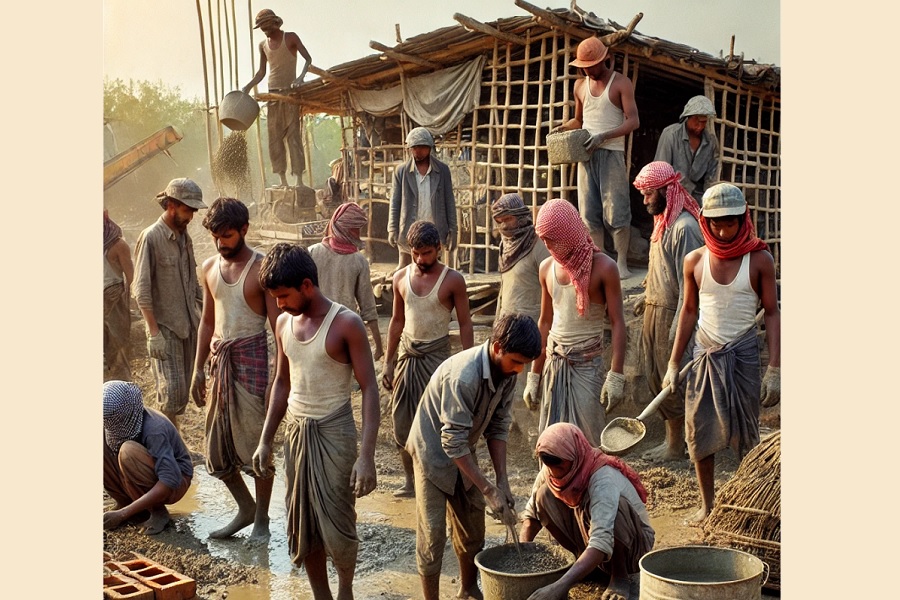The Lifestyle of Labourers: Challenges, Resilience, and Everyday Struggles

Introduction
Labourers form the backbone of every economy, contributing tirelessly to construction, manufacturing, agriculture, and other sectors. Their lifestyle is often marked by hard work, long hours, and financial struggles. Despite these challenges, they demonstrate immense resilience and perseverance in their daily lives. This article delves into various aspects of a labourer’s lifestyle, shedding light on their challenges, aspirations, and the social issues they face.
Living Conditions
Labourers, especially in urban areas, often reside in temporary settlements, slums, or government-allocated housing. Their living conditions are typically cramped, with limited access to clean water, sanitation, and electricity. Many migrate from rural areas in search of better opportunities, leaving behind their families. The cost of living in cities further exacerbates their financial strain, forcing them to make do with minimal resources.
Work Environment and Daily Routine
Labourers work in physically demanding conditions, whether on construction sites, factories, or farms. Their daily routine usually begins at dawn, with hours of strenuous labour under extreme weather conditions. Safety hazards, inadequate protective gear, and lack of job security make their work environment perilous. Many are daily wage earners, meaning income is inconsistent, making financial stability a distant dream.
Financial Struggles and Wages
Wages for labourers are often low, barely covering basic needs such as food, shelter, and healthcare. Despite government policies and minimum wage laws, many labourers remain underpaid and overworked. They often fall into debt traps, borrowing money at high-interest rates to meet emergencies. The lack of financial literacy and savings further impacts their economic stability.
Healthcare and Well-being
Health issues among labourers are prevalent due to the nature of their work and poor living conditions. Exposure to dust, chemicals, and physical exertion leads to chronic illnesses like respiratory problems, joint pain, and malnutrition. Access to proper healthcare remains limited, with many relying on home remedies or informal healthcare providers. The absence of social security and health insurance leaves them vulnerable to medical emergencies.
Education and Future Prospects
A major concern in a labourer’s lifestyle is the lack of education for their children. Financial constraints and the need for additional income force many families to engage their children in work at an early age, leading to child labour. Government initiatives aim to provide free education, but challenges such as affordability, accessibility, and awareness hinder progress.
Social Status and Stigma
Labourers often face societal discrimination and neglect. Their work is undervalued, and they receive little recognition for their contributions. The lack of social mobility makes it difficult for them to break free from the cycle of poverty. Despite their hard work, they are often denied basic rights and dignity, further perpetuating their struggles.
Hope and Resilience
Despite the hardships, labourers continue to work tirelessly with the hope of a better future. Many organizations and NGOs are working towards uplifting their living standards through skill development, financial aid, and advocacy for their rights. Government schemes, when effectively implemented, can significantly improve their living conditions and provide better opportunities for their children.
Conclusion
The lifestyle of labourers is a testament to human endurance and perseverance. While they face numerous challenges, systemic changes, increased awareness, and social support can help improve their living conditions. Recognizing their contributions and ensuring fair wages, better working conditions, and access to education and healthcare are crucial steps toward creating a more equitable society.
























